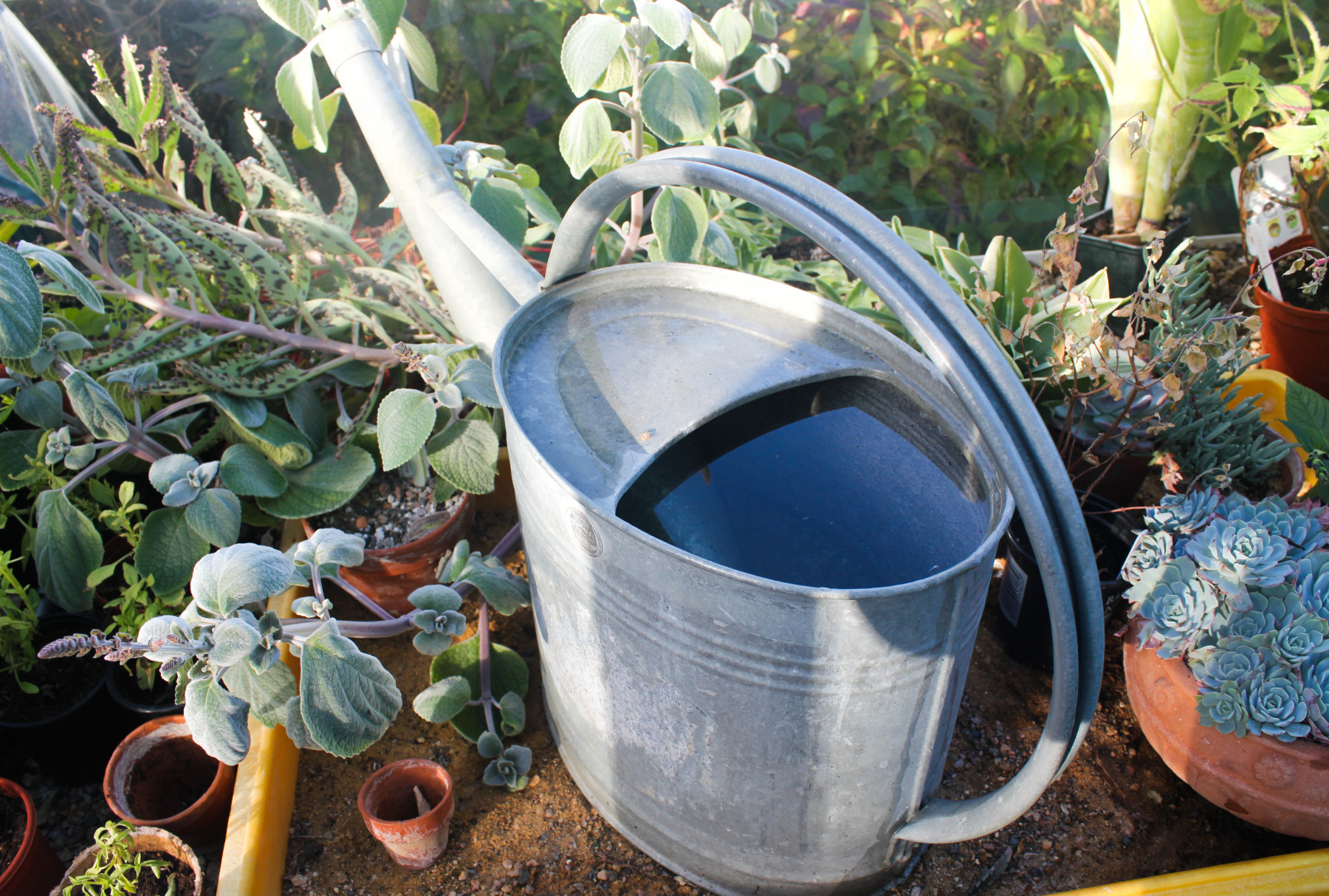
It is time to sow sweet peas in a cool greenhouse for an early display next year. Soften the seed coat by putting the seeds between two layers of kitchen towel on an old plate. Dampen the towel, drain off excess water, sow those that start to swell or sprout after about 48 hours. Leave the remainder a little longer; those that don’t swell and germinate can be composted. Sow them individually into ‘Root Trainers’ or 9cm (3in) pots of seed compost or put five to seven seeds to a 13cm (5in) pot, spaced 2-3cm (¾-1¼in) apart. Cover them with 1cm (½in) of compost. Water in gently, cover the pots with clear polythene then put them in a propagator at about 15°C (59°F). Remove the covering once they have germinated and overwinter the young plants in a cold frame or unheated greenhouse. If not sown individually, transplant single seedlings into 9cm (3in) pots once they are about 3.5 cm (1½in) tall.
It’s still not too late to sow batches of winter salads every week in an unheated greenhouse. Starting them off in a propagator will help. Fill seed trays, pots, old growing bags or borders with ‘cut and come again crops’ to harvest through autumn and into winter. Try hardy salads like land cress, pak choi, mizuna and mibuna greens plus lettuce, lamb’s lettuce, chicory and radish alternatively, buy mixed plug plants to gain a few weeks. You can also use what’s left in packets of brassicas and harvest them earlier as microgreens. They stop growing when it gets very cold but you can still pick a few leaves from several plants – it is useful to have a layer of horticultural fleece on hand to provide extra protection should the weather become very cold.
Cuttings of tender plants like heliotrope and pelargonium’s that were taken in September will need potting on early in the month. Root growth will vary so knock them carefully out of the pot before deciding, if the time is right. They will need to be transferred into 7.5cm pots. Annuals sown in September will also need potting on.
Overwinter chilli plants for the following year by trimming back the side branches to 5cm from the main stem and putting them on a heated mat at around 25C and cover them with fleece; this can be removed on warm days and replaced if it gets cold. Water occasionally.
I don’t heat the whole green house, but have eight filled watering cans filled with water through the winter. sunny days warm the glass house and the water, which radiates out the heat, keeps temperatures in the greenhouse slightly higher – a bit like the old night storage heaters, people have before radiators. (Metal cans are best) The effect is not massive on a small scale it helps. You can also put it on a propagator to increase the volume of heat. I was once shown a large greenhouse with four black metal water filled drums inside as heaters – the owner of the glasshouse obviously believed it was worthwhile.
Happy gardening. Matt










